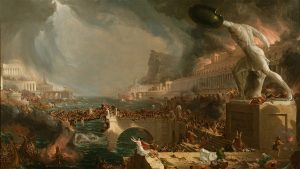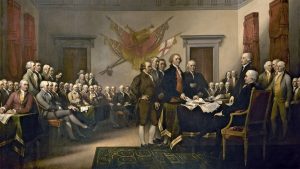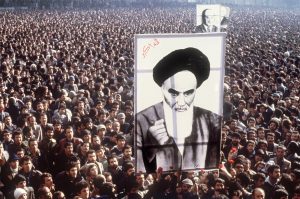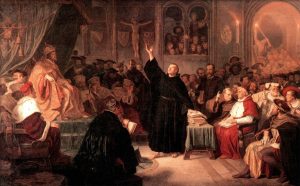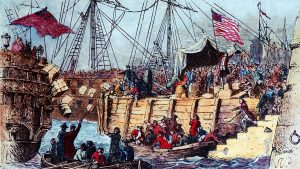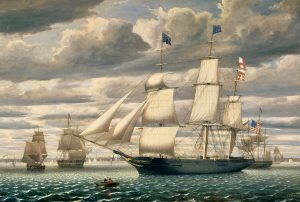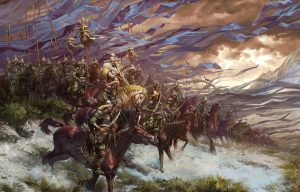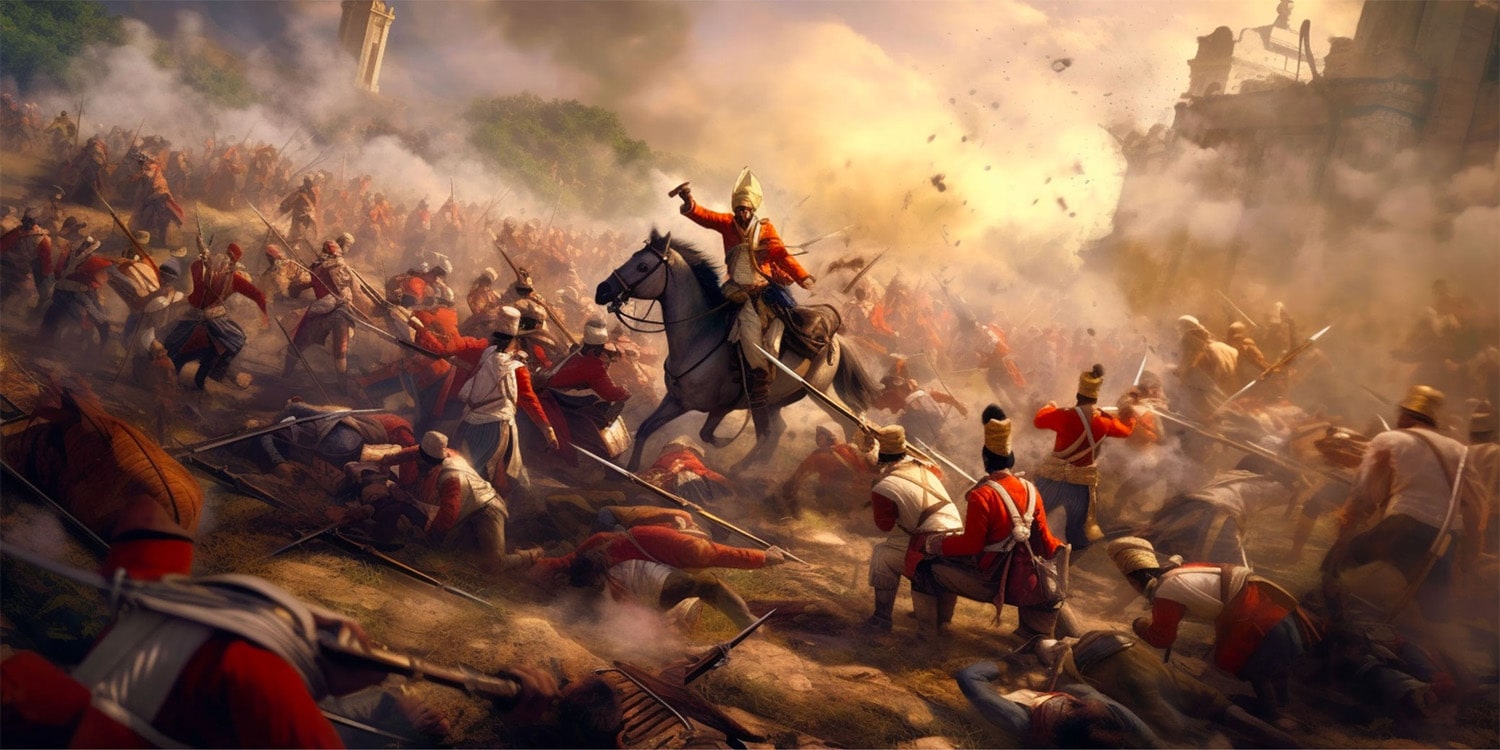
26 interesting facts about Seven Years’ War
- 👁️ 1242
The Seven Years’ War, often described as the first global conflict, was a major war that took place between 1756 and 1763. It involved most of the great powers of the time and affected Europe, North America, Central America, the West African coast, India, and the Philippines. This war has been called the real First World War due to its scale and the fact that it laid the groundwork for future global conflicts. The complexities of the alliances and the extensive battlefronts make it a fascinating subject of historical study. Here are 26 interesting and informative facts about the Seven Years’ War that highlight its importance and the broad impact it had on the shaping of the modern world.
- The Seven Years’ War was fought between two main coalitions: Great Britain, Portugal, Prussia, and some German states on one side, and France, Spain, Austria, Russia, and Sweden on the other.
- The war began over disputes in North America and India, regions where both France and Britain sought to expand their colonies.
- The war is known as the French and Indian War in the United States and Canada, focusing on the conflict in North America.
- The Battle of Plassey in 1757, part of the war, marked the beginning of British dominance in India.
- The war officially began with the Declaration of War by Britain on France in 1756, but conflicts had started earlier.
- Frederick II of Prussia invaded Saxony in 1756, which expanded the war into Europe and is often considered its starting point.
- The Treaty of Paris, signed in 1763, ended the Seven Years’ War. It resulted in significant territorial changes, including Britain gaining control over Canada and Florida.
- The war led to the first global British Empire, as Britain emerged as the world’s leading colonial power.
- The financial strain of the war contributed to the economic conditions leading to the French Revolution.
- Despite being on the winning side, Britain’s national debt nearly doubled during the war.
- Russia switched sides in the middle of the war after the death of Empress Elizabeth and the ascension of Peter III, who admired Frederick II of Prussia.
- The war’s outcomes influenced the signing of the Royal Proclamation of 1763, which aimed to organize Britain’s new North American empire and stabilize relations with Native Americans through regulation of trade, settlement, and land purchases on the western frontier.
- The Seven Years’ War saw some of the first uses of guerrilla warfare tactics, particularly by British American colonists.
- The war is considered one of the key factors leading to the American Revolutionary War, as the British sought to tax the American colonies to pay for the war debt.
- Prussia was nearly defeated several times during the war but was saved by the “Miracle of the House of Brandenburg,” where unexpected circumstances, like the death of the Russian Empress, turned the tide in their favor.
- The war featured the Battle of Rossbach in 1757, where Frederick II of Prussia defeated a much larger French-Austrian army, showcasing his military genius.
- The war stretched to the Caribbean, where Britain captured the French islands of Martinique, Guadeloupe, and Saint Lucia.
- The war also had significant impacts on the African slave trade, particularly through the capture of the French colony of Senegal by Britain.
- The naval battles of the war confirmed British naval supremacy, which lasted until the 20th century.
- The war’s end saw the ceding of the Philippines back to Spain by Britain in exchange for Florida and Havana.
- The conflict led to significant developments in military tactics and technology, including the use of light infantry and new siege techniques.
- The cost of the war led many European nations to increase taxes, leading to widespread discontent among their populations.
- The war influenced European diplomatic relations for decades, setting the stage for future conflicts.
- The war’s conclusion saw a shift in European balance of power, with Britain becoming the dominant global power and France seeking revenge, leading to further conflicts.
- It inspired major philosophical and political thought, including works by Jean-Jacques Rousseau and Voltaire.
- The Seven Years’ War’s vast geographical scope makes it one of the first conflicts to be fought on a global scale, involving battles on several continents and oceans.
The Seven Years’ War was a pivotal event in world history that reshaped the political and colonial landscape of the 18th century. Its consequences were felt worldwide, influencing the course of history in Europe, North America, Asia, and Africa. The war not only marked the rise of the British Empire as a global power but also sowed the seeds for future conflicts, including the American Revolution and the French Revolution. The Seven Years’ War’s complexity and global impact make it a fascinating subject for historians and history enthusiasts alike, offering insights into the dynamics of global power and the nature of warfare.

